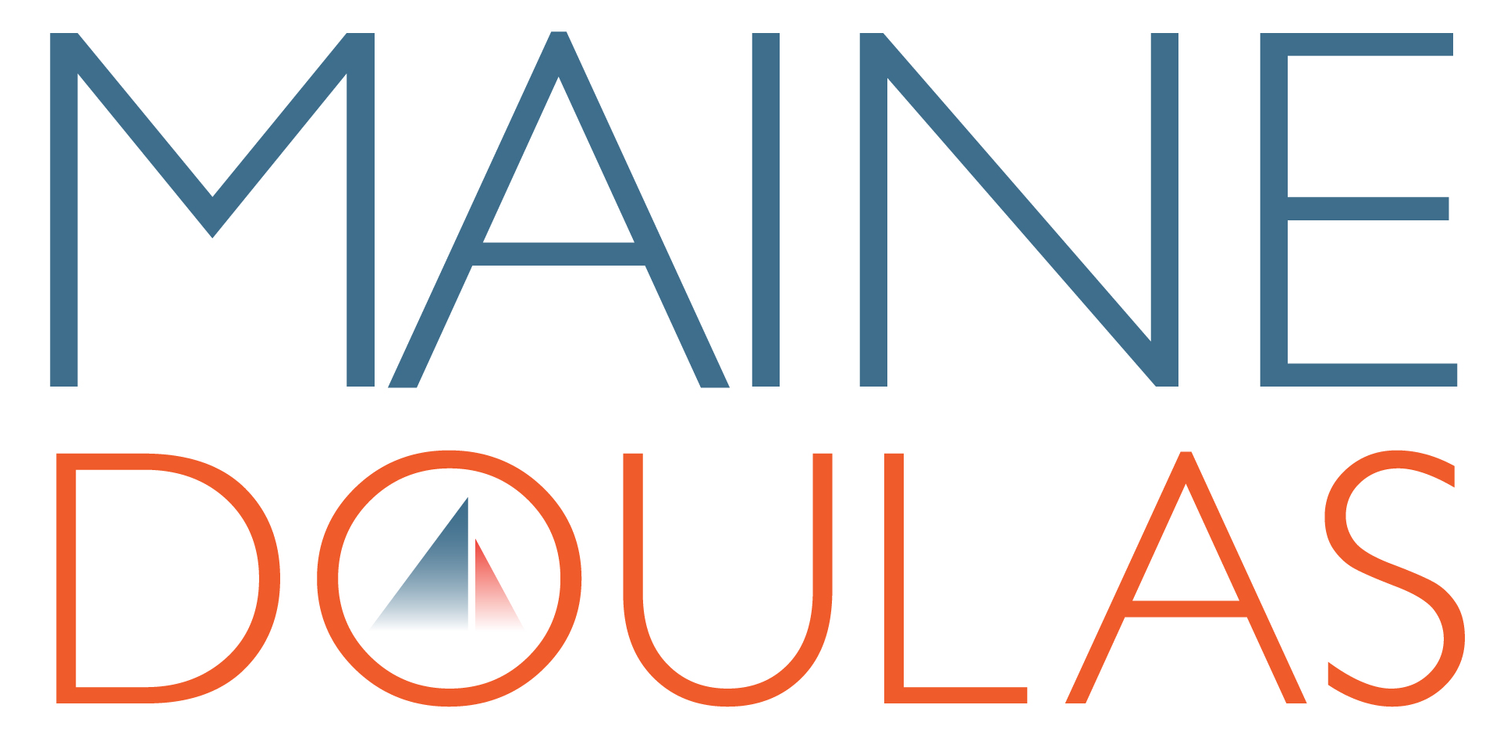The Physical Stress of Baby Feeding
/Of all the postpartum adjustments, new mothers rarely think of feeding their baby as one of the more uncomfortable responsibilities.
Whether you're breast or bottle feeding, position is everything. It takes a little bit of practice to support your baby's weight properly while latching or giving them a bottle and they might be small, but even the tiniest baby feels heavy after a while.
Learning the right position to hold and support your little one takes a tremendous toll on your back, neck, shoulders, arms and more. If you're experiencing more discomfort than you expected during feedings, you might be experiencing some common symptoms that many new mothers report in the first few weeks home with their newborn.
What are the most common areas on the body where nursing moms may end up with musculoskeletal pain?
While feeding their baby, moms may develop musculoskeletal pain in their neck, shoulders, forearms, wrist and lower back. During pregnancy, the muscles and posture change to accommodate that growing baby. Unfortunately this posture doesn't disappear postpartum and you'll have to re-program your body to engage their core muscles, repairing this weakened posture. This discomfort is surprisingly common and affects nearly all new mothers at some point or another as they recover after birth.
"Nursing Neck"
This is typically the first discomfort to be felt along the way as a mother feeding her baby will arch her neck over the baby to watch them latch to the breast or bottle. You may not realize how many times you're putting your neck in this position throughout the day. To avoid overexerting your neck, try feeding while laying gently reclined or using a "u" shaped pillow supporting your neck. A reclining chair or glider typically supports this gentle recline better than lounging in bed.
"Nursing Back"
Many of us instinctively lift with out backs, particularly if we've spent 9 months trusting it to support all the weight we've developed at our front. The back pain that comes along with feedings can be just as uncomfortable as that pregnancy back pain that can sweep you off your feet. You can alleviate this pain by positioning your body using a lumbar supportive pillow throughout the day and particularly when you're feeding.
Shoulder Pain
Holding your baby in the proper position while they feed is perhaps the most strenuous on the muscles of your shoulders. One of the biggest defenses a mom has against shoulder discomfort is regular upper body exercises and the use of a sling for baby. The sling will support the baby's weight while keeping them properly latched breastfeeding or arranged with the bottle. This takes the pressure off mom to support the weight, position, feed and soothe at the same time. While not everyone likes the sling, it does have it's place in many households as a great feeding tool.
Exercise regularly
It might sound like a broken record, but gentle weight based exercises for your upper body really does work wonders in strengthening your core and all the muscles you activate while feeding your baby. Yoga is a favorite among many moms for it's gentle and meditative nature. Yoga utilizes your body weight to improve your posture and strengthen those muscles postpartum.
With everything, practice makes perfect.
Discomforts come along with acclimating to the different feeding positions that you'll need to feed your brand new baby. While we can't always avoid discomforts like shoulder and neck pain, there's always a few tips and tricks that can make the process more comfortable for both mom and baby.

